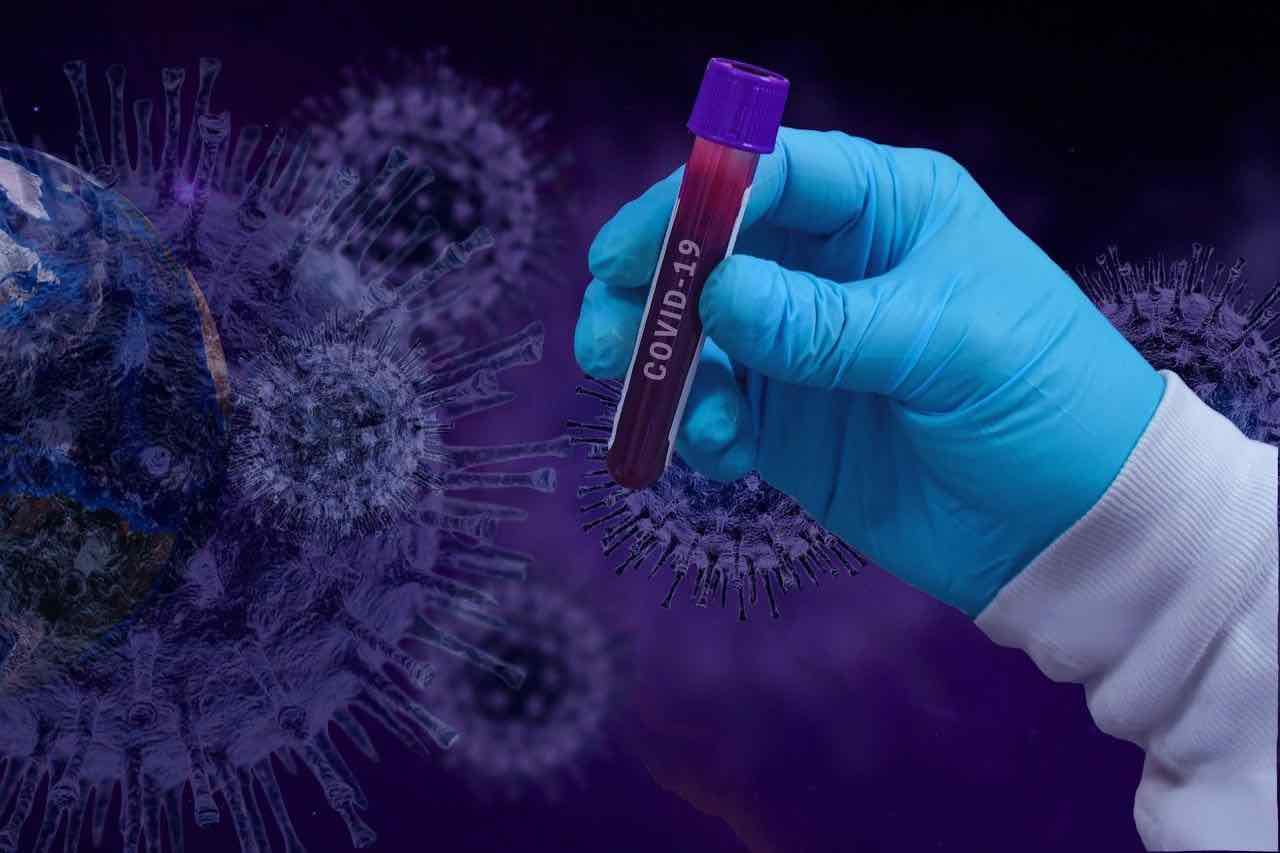Kylian Mbappe’s spectacular bicycle kick was among three goals in the second-half stoppage time, as Real Madrid beat Borussia Dortmund 3-2 in a Club World Cup quarterfinal match.
The drama was not restricted to the late goals, with Real keeper Thibaut Courtois using his fingertips to palm away the potential levelling goal from the game’s final play.
Gonzalo Garcia and Fran García scored in the first 20 minutes as Madrid built a 2-0 lead.
Dortmund’s Maximilian Beier scored three minutes into stoppage time, and Mbappe, who entered in the 67th, restored a two-goal lead with his bicycle kick one minute later.
Serhou Guirassy converted a penalty kick in the eighth minute of added time after he was fouled by Dean Huijsen, who received a red card and will miss the semifinals.
Courtois used all of the lengthy arm on his 200cm (6ft 7in) frame to tip away Marcel Sabitzer’s shot just before the final whistle.
Madrid advanced to a semifinal match against Champions League winner Paris Saint-Germain on Wednesday, a day after Chelsea meets Brazilian club Fluminense.
On a sunny afternoon, in 30 degrees Celsius (86 F) at the 3pm kickoff, Gonzalo Garcia scored in the 10th minute and Fran Garcia in the 20th.
Garcia, a 21-year-old who made only five Spanish league appearances in the past two seasons, was given the start by new Real Madrid coach Xabi Alonso over Mbappe, who is still regaining fitness after acute gastroenteritis.
Garcia has four goals, tying Benfica’s Angel Di María and Al Hilal’s Marcos Leonardo for the tournament lead.

Mbappe came on for Jude Bellingham, who missed a chance to play against his brother, Jobe, who was suspended for yellow-card accumulation.
Madrid beat Dortmund 2-0 in the 2024 Champions League final and overcame a two-goal halftime deficit in a 5-2 victory in this season’s league phase. Los Blancos were eliminated by Arsenal in this year’s Champions League quarterfinals.
Madrid has won five consecutive games against Dortmund and is unbeaten in seven since a 2014 Champions League quarterfinal defeat.
American midfielder Gio Reyna did not get off the bench and finished the tournament with one 13-minute appearance for Dortmund in five matches.
This game drew 76,611 fans to MetLife Stadium, the site of next year’s World Cup final. Seats looked filled, except for a completely empty suite level on one side.

